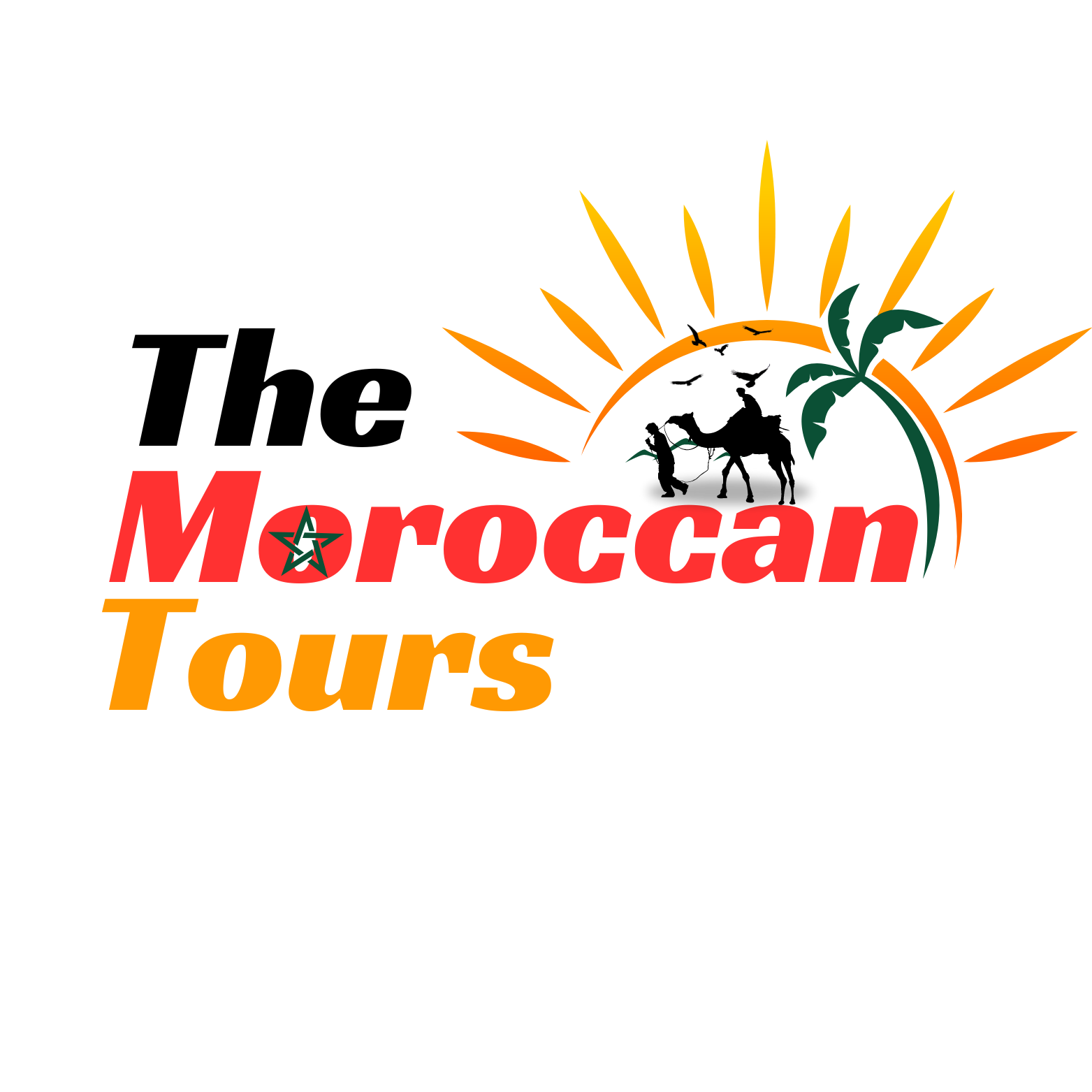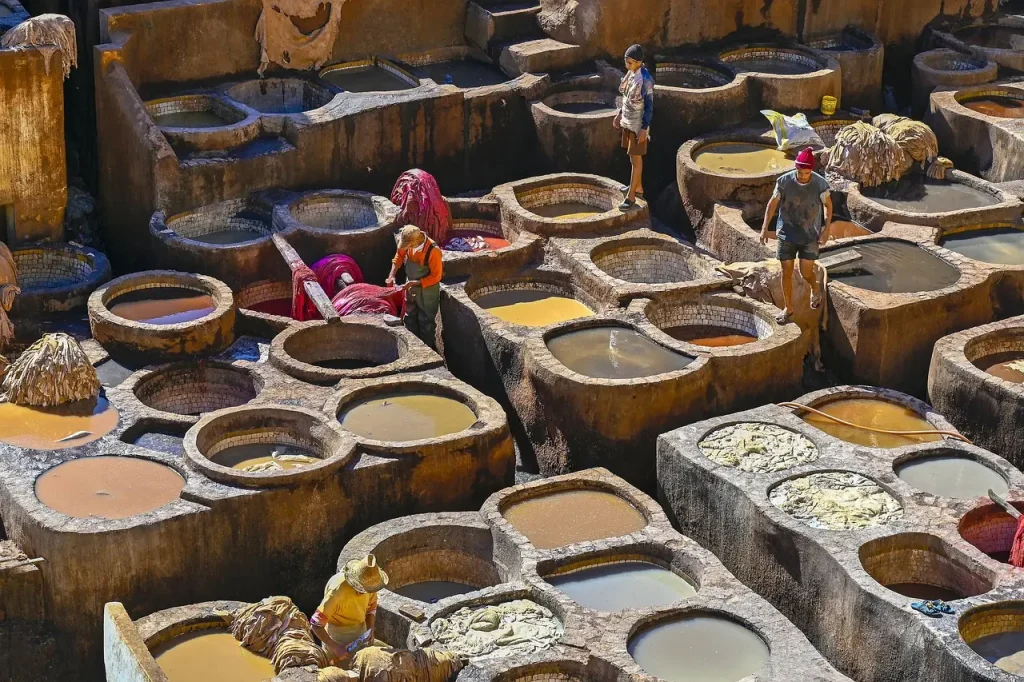
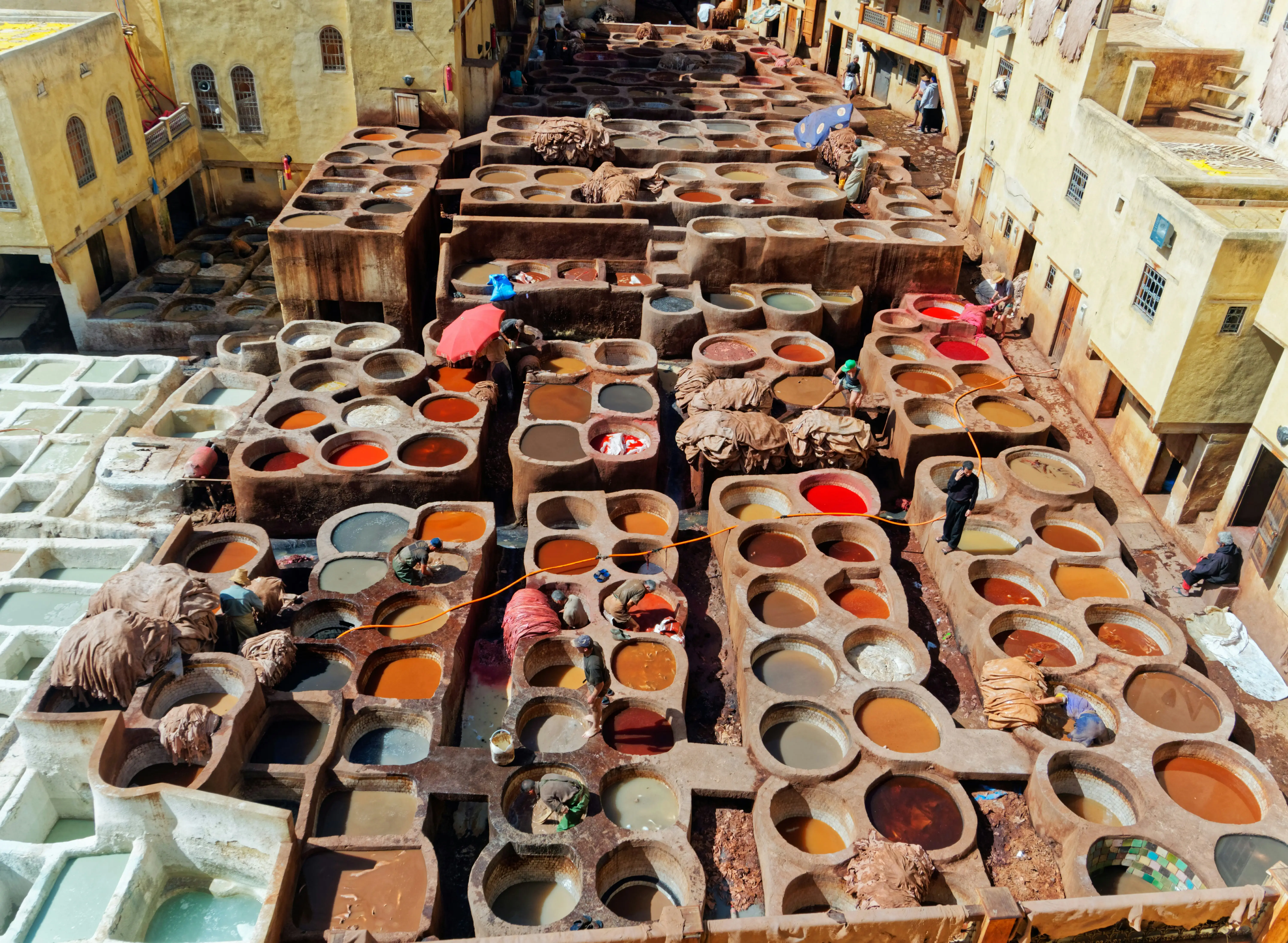
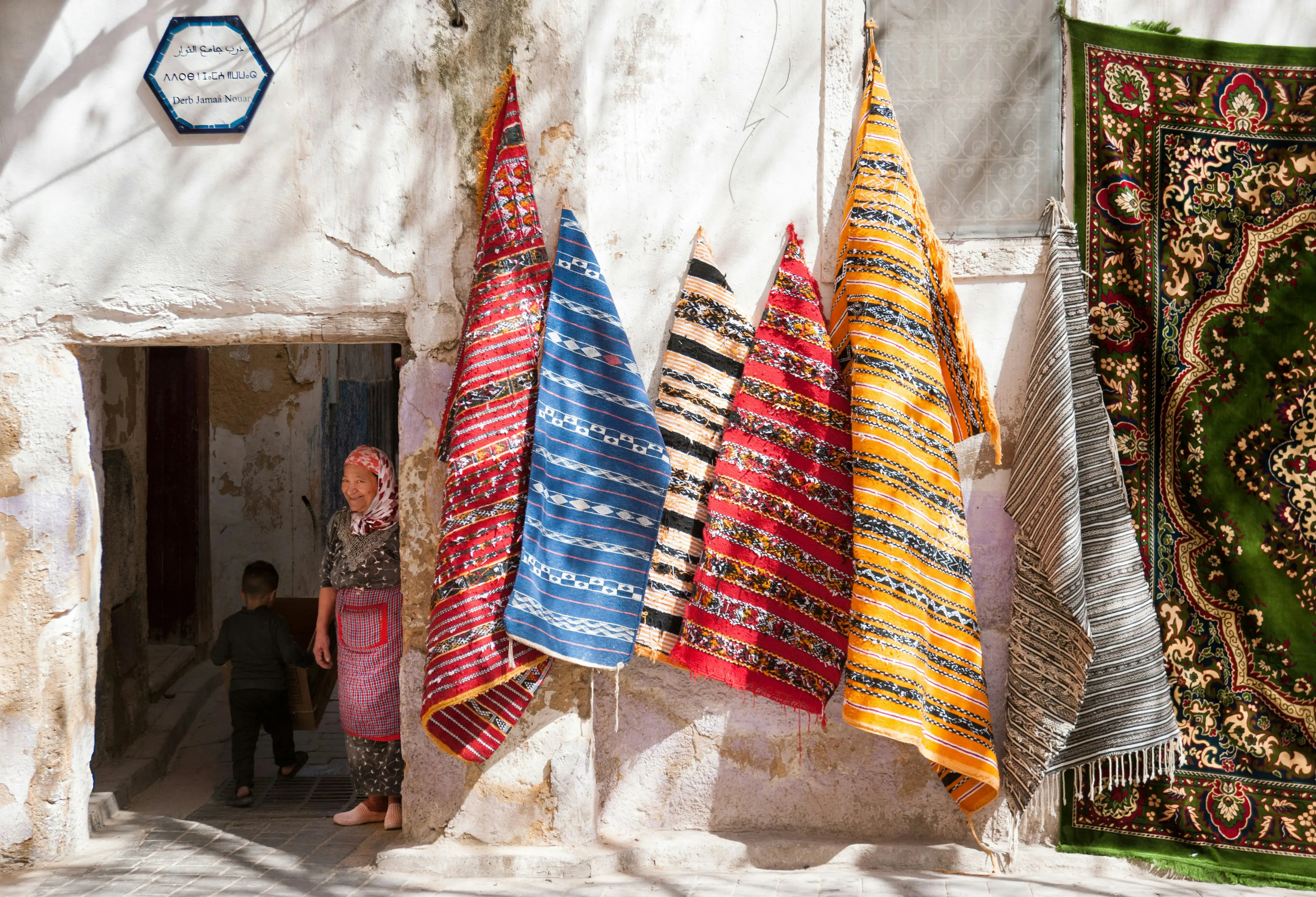
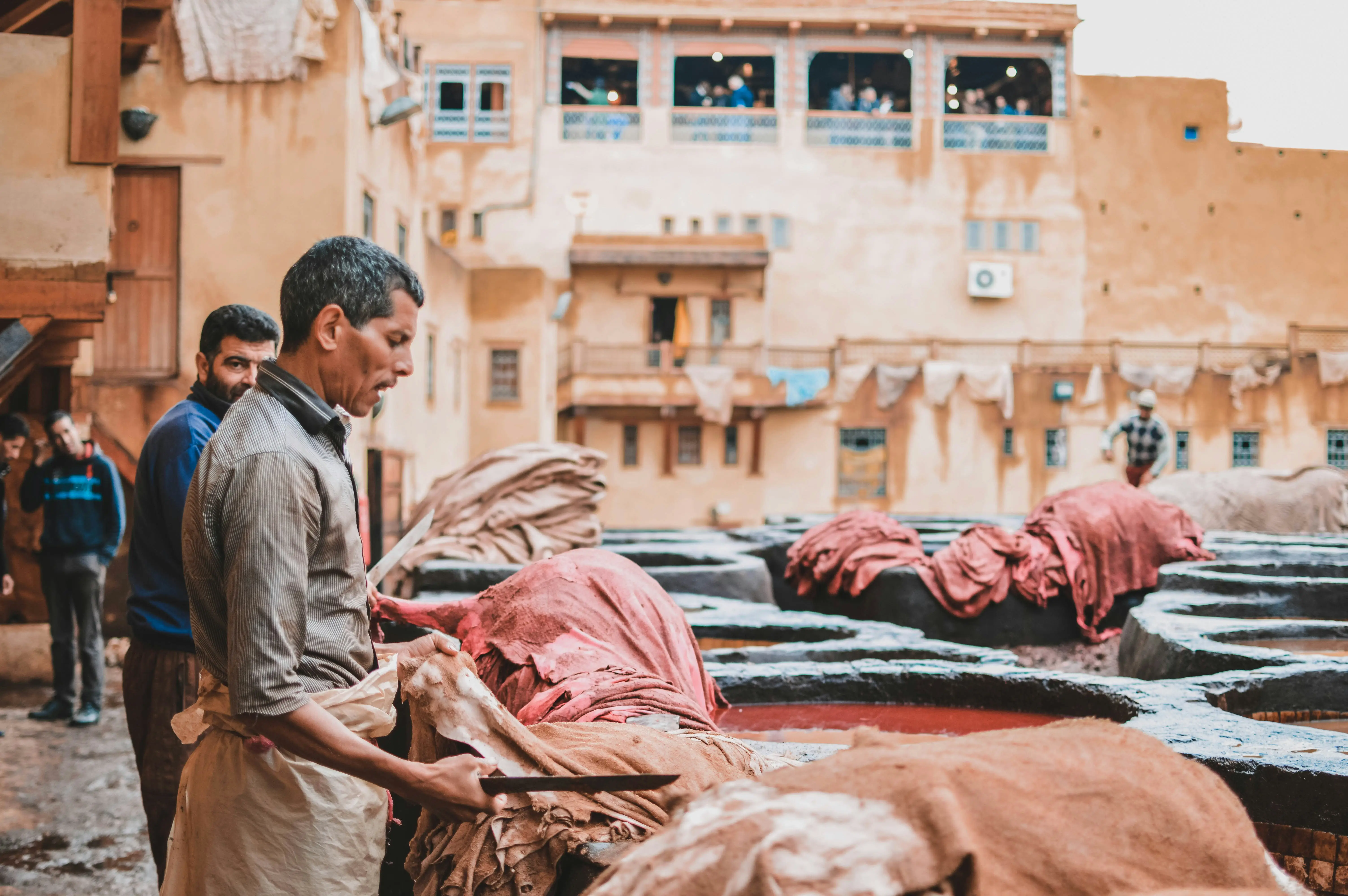
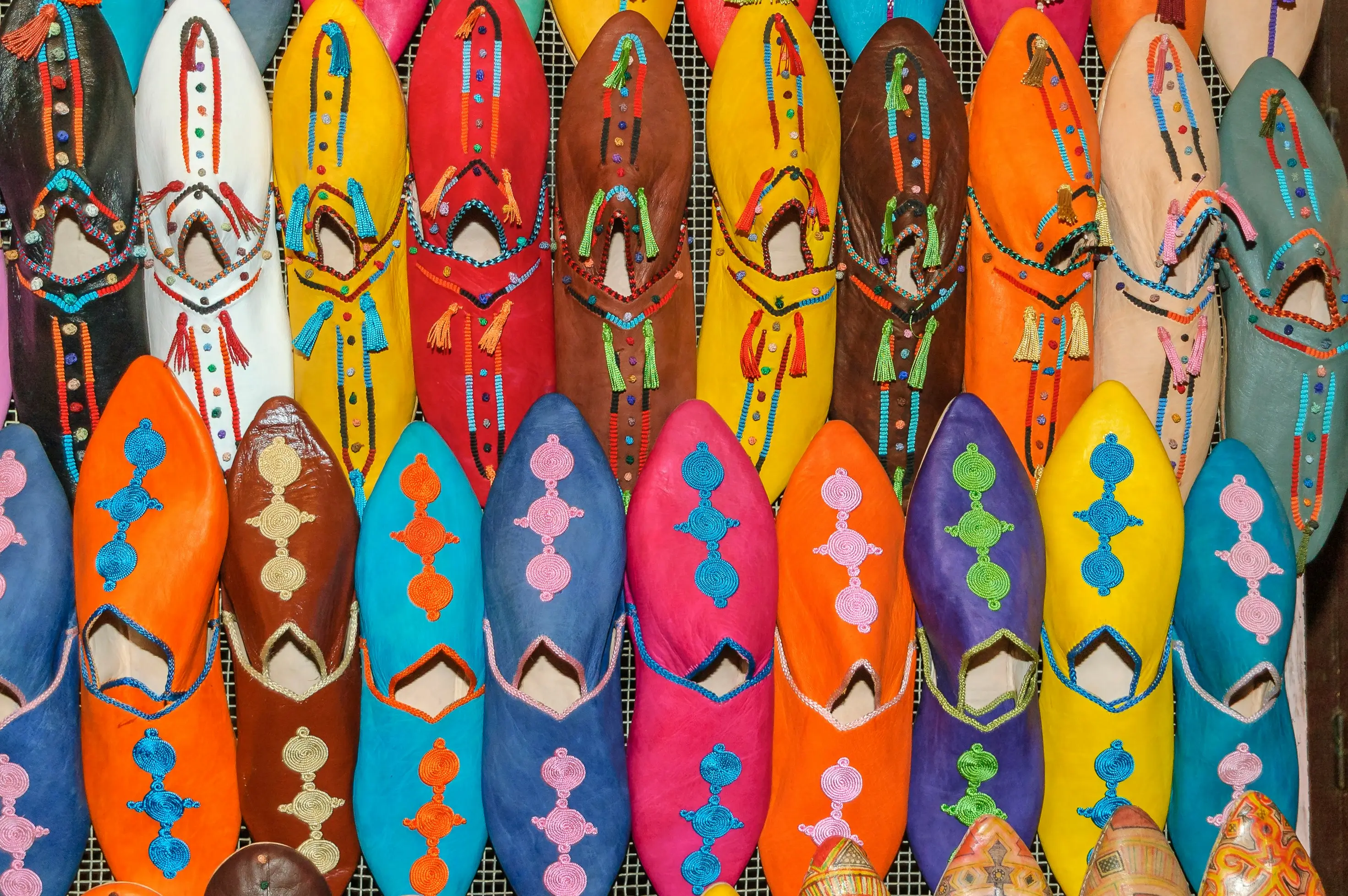
Fes Morocco: Your Ultimate Guide to the Imperial City's Ancient Wonders
Have you ever wondered what it feels like to step back in time? Fes Morocco offers exactly that experience—a mesmerizing journey through centuries of history, culture, and tradition. This imperial city doesn’t just tell stories; it lives and breathes them through every winding alleyway, every aromatic spice market, and every call to prayer that echoes across its ancient rooftops.
As Morocco’s spiritual and cultural capital, Fes stands as one of the world’s most authentic medieval cities. Whether you’re a history enthusiast, culture seeker, or adventure traveler, this UNESCO World Heritage site promises an unforgettable experience that will leave you planning your return before you’ve even left.
Discover the Magic of Fes, Morocco’s Cultural Heart
Nestled in the heart of Morocco’s Middle Atlas region, Fes Morocco serves as the country’s cultural and spiritual nucleus. Founded in 789 AD, this remarkable city has preserved its medieval character like no other destination on earth. Walking through Fes feels like entering a living museum where traditional crafts, ancient architecture, and time-honored customs continue to thrive.
The city’s nickname, “Athens of Africa,” isn’t just poetic—it’s earned through centuries of scholarship, artistic achievement, and cultural innovation. From the world’s oldest continuously operating university to leather tanneries that have used the same techniques for over 1,000 years, Fes offers travelers an authentic glimpse into Morocco’s rich heritage.
“Fes is not just a destination; it’s a journey through time where every corner tells a story of empires, scholars, and artisans who shaped North African civilization.”
Why Fes Should Be Your Next Moroccan Adventure
UNESCO World Heritage Status and Historical Significance
Fes Morocco earned its UNESCO World Heritage designation in 1981, recognizing its exceptional universal value. The city represents one of the world’s largest car-free urban areas, with its medina containing over 9,000 narrow alleys and passages. This labyrinthine network has remained virtually unchanged since the Middle Ages, making it an archaeological treasure trove.
The historical significance extends beyond mere preservation. Fes served as Morocco’s capital for over 400 years, hosting dynasties that shaped the region’s politics, culture, and architecture. The city’s strategic location made it a crucial stop on trans-Saharan trade routes, bringing wealth and cultural exchange that still influences the city today.
Gateway to Authentic Moroccan Culture
Unlike more touristy destinations, Fes maintains its authentic character. Local families still live in traditional riads, artisans practice centuries-old crafts, and daily life follows rhythms established generations ago. This authenticity offers travelers genuine cultural immersion rather than staged tourist experiences.
Pro Tip: Visit during Ramadan to witness the city’s spiritual side, or during local festivals to experience traditional music and celebrations firsthand.
Top Attractions and Must-See Places in Fes
Fes el-Bali: Exploring the World’s Largest Car-Free Urban Area
The crown jewel of Fes Morocco is undoubtedly Fes el-Bali, the old medina. This UNESCO site covers 300 hectares and houses nearly 300,000 residents. Navigation requires patience and often a local guide, but the reward is immersion in medieval urban planning at its finest.
Key highlights include:
- Bab Boujeloud: The iconic blue and green gate serving as the main entrance
- Nejjarine Square: Famous for its beautiful fountain and wood museum
- Seffarine Square: The metalworkers’ quarter with traditional blacksmith shops
- Ess-Sahrij Madrasa: A stunning example of Marinid architecture
The Famous Chouara Tannery: A Leather-Making Tradition
No visit to Fes Morocco is complete without experiencing the Chouara Tannery. This leather-making facility has operated continuously for over 1,000 years, using traditional methods passed down through generations. The sight of hundreds of stone vessels filled with natural dyes creates one of Morocco’s most photographed scenes.
Local Secret: Visit early morning (8-10 AM) for the best lighting and fewer crowds. Most shops offer rooftop viewing terraces for the perfect photo opportunity.
The tanning process uses natural materials including:
- Pigeon droppings for softening
- Pomegranate bark for yellow dye
- Mint for green coloring
- Indigo for blue tones
Al-Qarawiyyin Mosque and University: The World’s Oldest Continuously Operating University
Founded in 859 AD by Fatima al-Fihri, the University of Al-Qarawiyyin holds the Guinness World Record as the world’s oldest continuously operating university. This institution educated scholars who later taught at European universities, making it a cornerstone of global education history.
The mosque accommodates 22,000 worshippers and features stunning Marinid architecture. While non-Muslims cannot enter, the exterior views and historical significance make it a must-see landmark.
“Al-Qarawiyyin University proves that Fes has been a center of learning and intellectual exchange for over 1,200 years, predating European universities by centuries.”
Bou Inania Madrasa: Architectural Marvel of Islamic Art
Built between 1350-1355 AD, the Bou Inania Madrasa represents the pinnacle of Marinid architecture. Unlike other madrasas, this one functioned as both a school and a mosque, featuring intricate geometric patterns, calligraphy, and woodwork that showcase Islamic artistic mastery.
Architectural highlights include:
- Carved cedar wood (tadelakt)
- Geometric tile work (zellige)
- Carved plaster (gypsum)
- Marble columns and fountains
Navigating Fes: Districts and Neighborhoods Guide
Fes el-Bali (Old Fes): The Ancient Medina
The heart of Fes Morocco beats strongest in Fes el-Bali. This 9th-century district contains most major attractions and traditional craftsmen. Navigation can be challenging, but getting lost is part of the experience. The medina divides into quarters (houma), each with its own character and specialties.
Navigation Tips:
- Download offline maps before entering
- Note landmark buildings for reference points
- Consider hiring a local guide for your first visit
- Wear comfortable walking shoes
Fes el-Jdid (New Fes): The Royal Palace Quarter
Built in the 13th century, Fes el-Jdid houses the Royal Palace and Jewish Quarter (Mellah). While newer than the medina, it still features traditional architecture and important historical sites. The Royal Palace gates, decorated with intricate brasswork, provide excellent photo opportunities.
Ville Nouvelle: The Modern French Colonial District
Established during French colonial rule (1912-1956), Ville Nouvelle offers modern amenities, restaurants, and hotels. This district provides a stark contrast to the ancient medina, showcasing Morocco’s colonial period architecture and urban planning.
Best Time to Visit Fes: Weather and Seasonal Guide
Spring and Fall: Perfect Weather for Exploration
Fes Morocco enjoys a continental climate with distinct seasons. Spring (March-May) and fall (September-November) offer ideal conditions for exploration:
Spring Benefits:
- Mild temperatures (18-25°C/64-77°F)
- Blooming landscapes
- Clear skies for photography
- Comfortable medina walking
Fall Advantages:
- Pleasant temperatures (20-28°C/68-82°F)
- Less crowded attractions
- Harvest season activities
- Perfect for day trips
Summer Tips: Beating the Heat in the Medina
Summer temperatures in Fes Morocco can reach 40°C (104°F), making midday exploration challenging. However, the medina’s narrow alleys provide natural shade and cooling.
Summer Survival Guide:
- Start early (before 10 AM)
- Take afternoon breaks (2-5 PM)
- Stay hydrated constantly
- Wear light, breathable clothing
- Use sunscreen and hats
| Season | Temperature | Rainfall | Best For |
|---|---|---|---|
| Spring | 18-25°C | Low | Sightseeing, photography |
| Summer | 25-40°C | Very low | Early morning/evening tours |
| Fall | 20-28°C | Low | All activities |
| Winter | 8-18°C | Moderate | Cultural sites, indoor activities |
Fes Food Scene: Culinary Delights You Can’t Miss
Traditional Moroccan Dishes to Try in Fes
Fes Morocco offers some of the country’s most authentic cuisine. Local specialties have been perfected over centuries, creating flavors unique to the region.
Must-Try Dishes:
- Pastilla: Sweet and savory pastry with pigeon or chicken
- Mechoui: Slow-roasted lamb with traditional spices
- Rfissa: Chicken and lentil stew with thin pastry
- Harira: Traditional soup perfect for breaking fast
- Chebakia: Honey-soaked sesame cookies
Best Local Restaurants and Hidden Food Gems
Traditional Restaurants:
- Dar Roumana: Upscale Moroccan cuisine with medina views
- Café Clock: Famous for camel burgers and cultural events
- Restaurant Numero 7: Authentic tagines in traditional setting
- Palais Amani: Fine dining with imperial ambiance
Street Food Favorites:
- Bab Boujeloud area: Grilled meat and fresh bread
- Seffarine Square: Traditional sweets and mint tea
- Rcif Square: Local breakfast spots and coffee houses
“The true taste of Fes isn’t found in guidebooks—it’s discovered in family-run restaurants where recipes have been passed down through generations.”
Shopping in Fes: From Souks to Artisan Workshops
What to Buy: Authentic Moroccan Crafts and Souvenirs
Fes Morocco ranks among the world’s best destinations for authentic handicrafts. Local artisans maintain traditional techniques, creating items found nowhere else.
Shopping Categories:
Leather Goods:
- Hand-tooled bags and purses
- Traditional babouches (slippers)
- Leather jackets and accessories
- Decorative items and furniture
Textiles:
- Handwoven carpets and rugs
- Embroidered caftans and djellabas
- Silk scarves and shawls
- Traditional blankets and throws
Metalwork:
- Brass and copper items
- Traditional tea sets
- Decorative lamps and lanterns
- Jewelry and ornaments
Ceramics:
- Fes blue pottery (distinctive local style)
- Tagine pots and serving dishes
- Decorative tiles and mosaics
- Traditional water jugs
Bargaining Tips and Souk Etiquette
Shopping in Fes Morocco requires understanding local customs and bargaining practices.
Bargaining Strategy:
- Start at 30-40% of asking price
- Be prepared to walk away
- Show genuine interest in items
- Negotiate bundle deals for multiple items
- Carry small bills for easier transactions
Souk Etiquette:
- Dress modestly and respectfully
- Ask permission before photographing artisans
- Don’t touch items unless seriously interested
- Respect prayer times and closures
- Learn basic Arabic greetings
Day Trips and Excursions from Fes
Meknes and Volubilis: Ancient Roman Ruins
Just 60 kilometers from Fes Morocco, Meknes and Volubilis offer fascinating historical contrasts. Meknes, another imperial city, showcases Moroccan architecture, while Volubilis provides insight into Roman occupation.
Meknes Highlights:
- Bab Mansour gate
- Moulay Ismail Mausoleum
- Royal Stables and Granaries
- Dar Jamai Museum
Volubilis Features:
- Well-preserved Roman mosaics
- Archaeological site spanning 40 hectares
- Triumphal arch and basilica ruins
- Museum with Roman artifacts
Chefchaouen: The Blue Pearl of Morocco
Located 200 kilometers from Fes, Chefchaouen offers a dramatic change of scenery. This mountain town, famous for its blue-painted buildings, provides excellent photography opportunities and cooler temperatures.
Chefchaouen Attractions:
- Blue-painted medina streets
- Ras El Maa waterfall
- Kasbah and ethnographic museum
- Local mountain hiking trails
Travel Options:
- Day trip (3-4 hours each way)
- Overnight stay recommended
- Private driver or organized tour
- CTM bus service available
Practical Travel Tips for Visiting Fes
Getting Around: Transportation Options
Fes Morocco offers various transportation options depending on your needs and budget.
Within the City:
- Medina: Walking only (cars prohibited)
- Petit Taxis: For short distances in modern areas
- Grand Taxis: For longer journeys and airport transfers
- City Buses: Economical but crowded
- Private Drivers: Most comfortable for day trips
Airport Connections:
- Fes-Saïss Airport: 15 km from city center
- Taxi Service: 30-45 minutes to medina
- Airport Shuttle: Available to major hotels
- Car Rental: International companies available
Where to Stay: Best Areas and Accommodation Types
Accommodation Options:
Traditional Riads (Medina):
- Authentic Moroccan experience
- Central location for sightseeing
- Traditional architecture and decor
- Price range: $50-300+ per night
Modern Hotels (Ville Nouvelle):
- International standards and amenities
- Easy parking and access
- Swimming pools and spas
- Price range: $40-200+ per night
Budget Options:
- Hostels and guesthouses
- Shared accommodations
- Basic but clean facilities
- Price range: $15-50 per night
Cultural Etiquette and Respect Guidelines
Visiting Fes Morocco requires understanding and respecting local customs and traditions.
Dress Code:
- Cover shoulders and knees
- Women: avoid revealing clothing
- Men: long pants preferred
- Comfortable walking shoes essential
Photography Etiquette:
- Ask permission before photographing people
- Respect prayer times and religious sites
- Some areas prohibit photography
- Tip for posed photos
Social Customs:
- Greet with “As-salamu alaykum”
- Accept hospitality graciously
- Remove shoes when entering homes
- Respect prayer times (5 daily prayers)
Frequently Asked Questions About Fes Morocco
How many days do you need to explore Fes properly?
Minimum: 2-3 days for major attractions Recommended: 4-5 days for thorough exploration Ideal: 7 days including day trips and cultural immersion
This allows time for:
- Medina exploration without rushing
- Artisan workshop visits
- Day trips to nearby attractions
- Cultural activities and local experiences
Is Fes safe for tourists, especially solo travelers?
Fes Morocco is generally safe for tourists, including solo travelers. However, normal precautions apply:
Safety Tips:
- Stay in well-lit areas at night
- Keep valuables secure
- Use reputable guides
- Inform someone of your plans
- Trust your instincts
Solo Travel Considerations:
- Women should dress conservatively
- Avoid isolated areas after dark
- Join group tours for remote locations
- Stay in reviewed accommodations
What’s the best way to navigate the Fes medina without getting lost?
Navigation Strategies:
- Download offline maps (Maps.me, Google Maps)
- Take photos of your route
- Note landmark buildings
- Ask locals for directions
- Consider hiring a guide for first visits
Helpful Landmarks:
- Bab Boujeloud (main entrance)
- Nejjarine Square (central meeting point)
- Al-Qarawiyyin Mosque (orientation landmark)
- Major gates (babs) throughout medina
Can you visit Fes year-round, or are there seasons to avoid?
Fes Morocco can be visited year-round, but seasons offer different experiences:
Best Seasons: Spring and Fall (March-May, September-November) Challenging: Summer (very hot), Winter (cold and rainy) Special Considerations: Ramadan affects restaurant hours and cultural activities
Seasonal Activities:
- Spring: Perfect for all activities
- Summer: Early morning and evening exploration
- Fall: Ideal weather for extended sightseeing
- Winter: Indoor attractions and cultural sites
Start Your Fes Adventure with The Moroccan Tours
Fes Morocco stands as one of the world’s most authentic travel destinations, offering experiences that can’t be found anywhere else. From the labyrinthine medina streets to the ancient university halls, from traditional craft workshops to aromatic spice markets, Fes provides cultural immersion that transforms travelers into storytellers.
The city’s ability to preserve its medieval character while embracing modern conveniences makes it accessible to all types of travelers. Whether you’re seeking historical insights, cultural adventures, or simply the thrill of exploring one of the world’s most unique urban environments, Fes delivers experiences that will stay with you long after you return home.
Planning your trip to Fes Morocco requires understanding the city’s rhythm, respecting its customs, and preparing for sensory overload in the best possible way. From the moment you pass through Bab Boujeloud’s blue and green gates to your final sunset view over the medina’s rooftops, Fes offers a journey through time that few destinations can match.
Ready to explore Fes Morocco? Start planning your adventure today. Research accommodations, plan your itinerary, and prepare for an unforgettable journey into one of the world’s most fascinating imperial cities. Whether you choose a guided tour or independent exploration, Fes promises memories that will last a lifetime.
Book your Fes Morocco adventure now and discover why this imperial city has captivated travelers for over 1,200 years.
